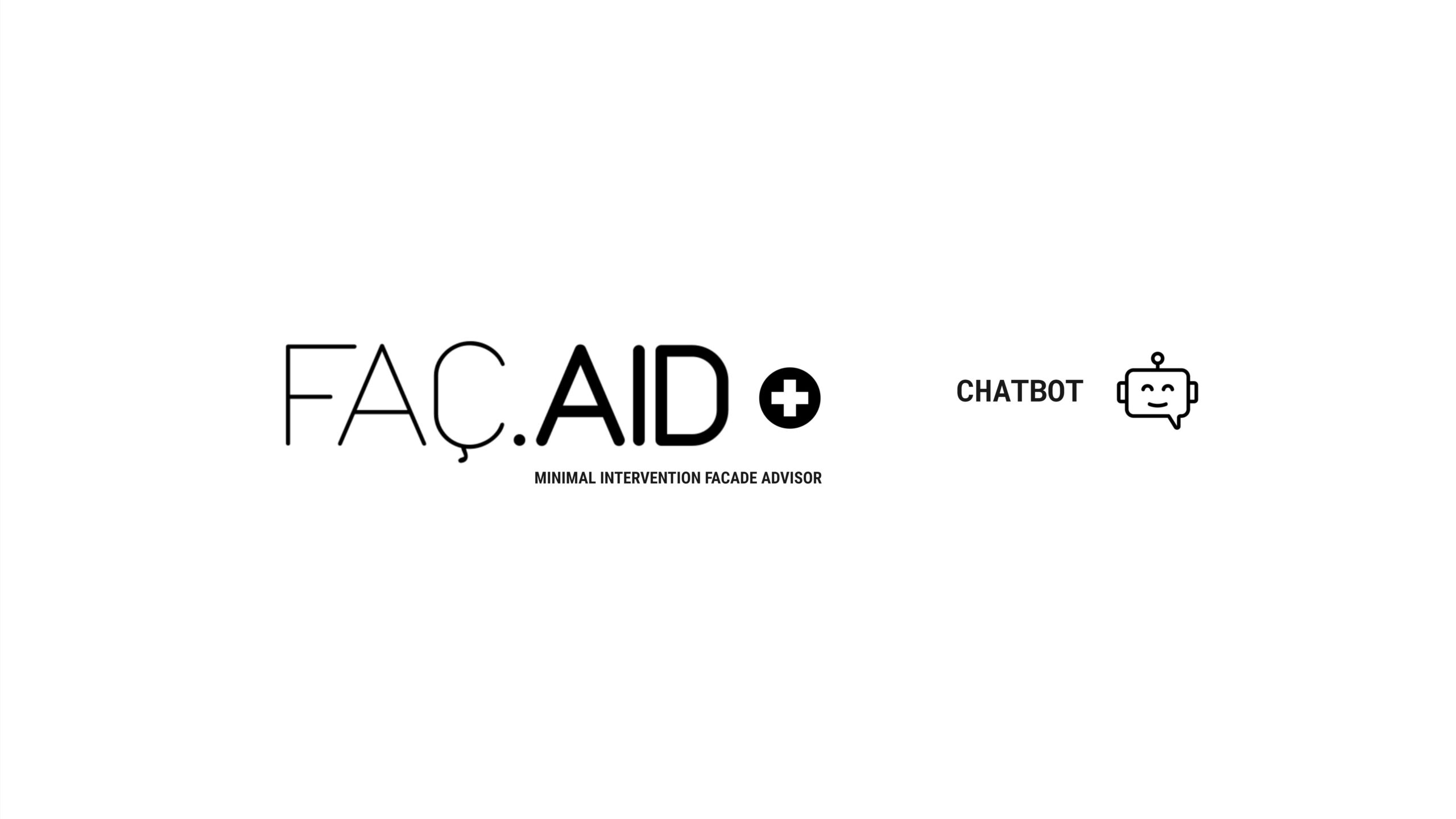

In a world where urban areas are predominantly developed and the heat island effect is intensifying, the construction industry significantly contributes to environmental challenges. Instead of focusing on tools that promote new construction, our goal is to provide a tool that analyzes existing buildings and suggests improvements. This approach aims to enhance sustainability and mitigate the environmental impact of current structures.

Radiation impacts thermal comfort and the heat island effect by influencing the amount of heat absorbed and retained by surfaces. In urban areas, materials like concrete and asphalt absorb more solar radiation, increasing surface temperatures and contributing to the heat island effect. This excess heat radiates back into the environment, reducing thermal comfort for inhabitants by raising ambient temperatures. Reducing radiation through reflective materials and shading can mitigate these effects, improving overall thermal comfort and decreasing urban heat islands.

Understanding Urban Heat Island Mitigation with FacAid Chatbot
Urban heat islands (UHIs) are significantly hotter areas within cities compared to their rural surroundings. The FacAid Chatbot is a complementary tool designed to help mitigate UHIs through strategic vegetation. It uses a comprehensive database to identify a city’s climate zone and suggests suitable plant species accordingly.
Key Features of FacAid Chatbot:
- Climate Zone Identification: FacAid locates the climate zone of a city to ensure accurate recommendations.
- Customized Vegetation Suggestions: It provides a list of plant species that thrive in the local climate and are effective in reducing urban heat.
FacAid Chatbot empowers urban planners and communities to make informed decisions about vegetation, enhancing urban environments and combating the effects of UHIs.

Workflow
To achieve this, we constructed a comprehensive database containing detailed information on various climatic zones and general insights on green facades in relation to thermal performance.
Given the specificity of the required information, we built our location-related database primarily by scraping the web. Each script was tailored to handle different data sources effectively, ensuring the accurate extraction of relevant text files. These files were then vectorized and integrated into our knowledge pool, creating a robust and versatile dataset for our chatbot to utilize.


parting from a vegetation species database per climate zone database, we created a script that looked for each species per climatic region, which then we used to retrieve specific information and vectorize each of those entries.
Our goal is to develop a chatbot advisor to explore how vegetation can enhance the energy efficiency of building facades by assessing their solar radiation exposure and thermal performance. By evaluating the facade’s annual solar radiation, we can strategically use vegetation to mitigate excessive heat and improve the building’s overall energy performance.
https://github.com/ronmaccms/llm-greenWall-chatbot


